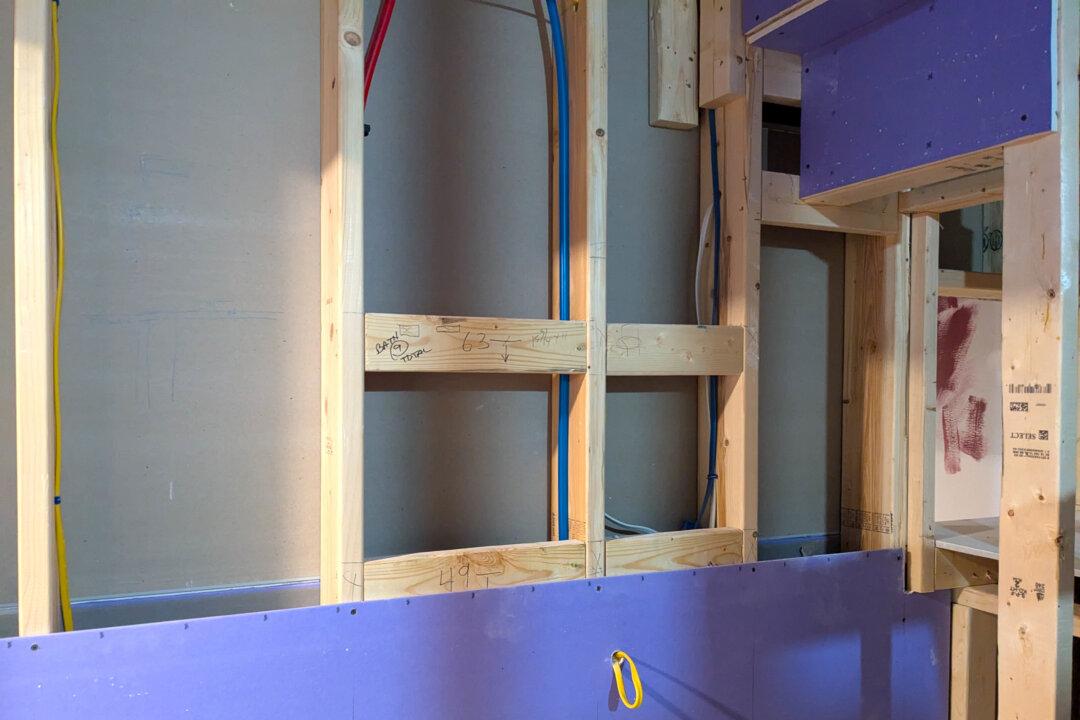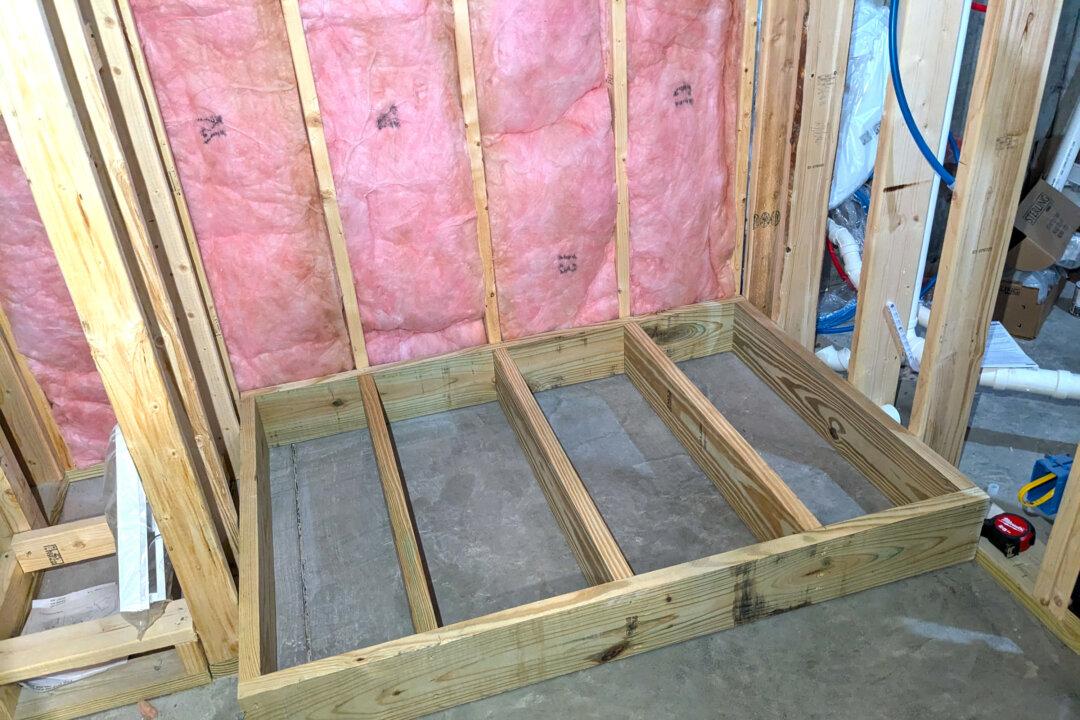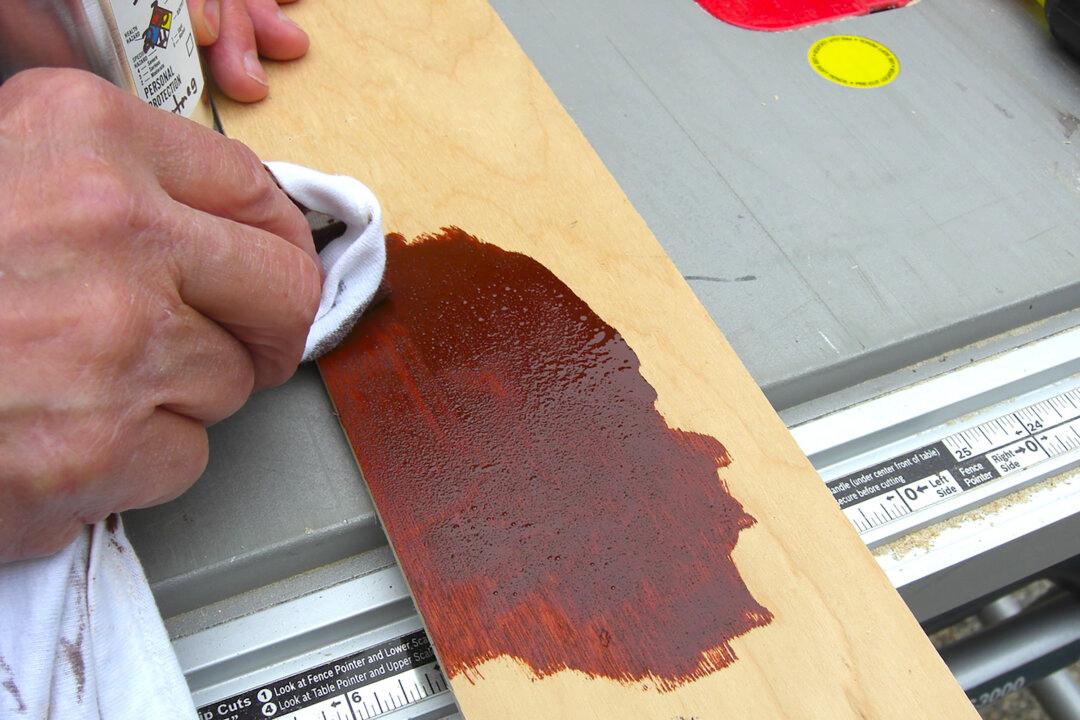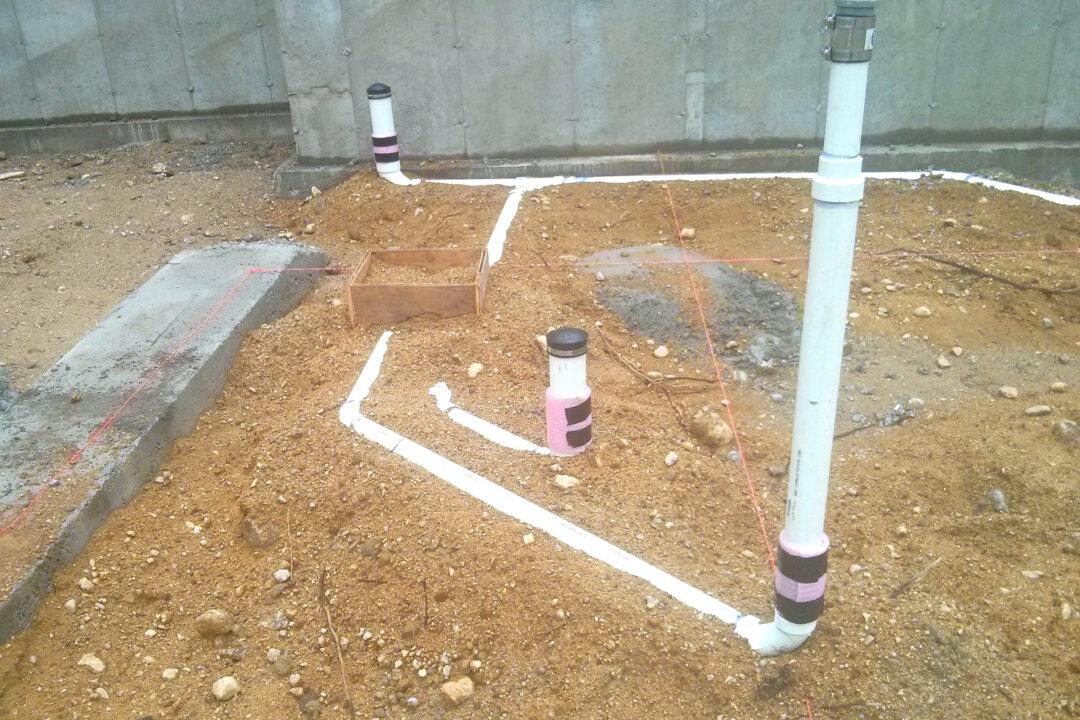Each week, I have the good fortune to speak on the phone with homeowners all across the USA who ask me to solve problems at their homes. Many of these homeowners are facing expensive repairs because of mistakes made by the home builder. Each error is avoidable. The link to arrange a coaching phone call is go.askthebuilder.com/coaching.
This unique interactive experience allows me to observe, on a macro scale, the top mistakes made by builders and, often, architects. These mistakes are avoidable, and the extra money spent to build the right way pays off in spades years later.
Just last week, I was on the phone with a man who was in shock. His father’s home had been built into the ground 2 feet deeper than it should have been. The builder then piled up dirt on the side of the house to hide his mistake. Years later the leaks caused wood rot that was the worst I’ve ever seen.
This mistake might have been prevented had the architect included a standard detail drawing showing exactly how high the foundation wall should be in relationship to all the ground around the house. The building code, a set of minimum standards, states that the ground around all sides of a house must have 6 inches of fall in the first 10 horizontal feet of run away from the house. What’s more, a minimum of 6 inches of foundation should extend up above the ground! Remember, these are MINIMUM standards. Greater fall and more exposed foundation is better.
Frequently homeowners ask me if they can alter roof trusses so they can create more storage space. The frustrated homeowners long for a traditional attic like those in older homes.
The good news is you can buy attic trusses or storage trusses. These are installed in the exact same way as space-wasting conventional trusses. While they cost more, the long-terms savings are tremendous. If you rent a small 10x15 off-site self-storage unit, after 10 years you’ll have spent $18,480! Why not invest a few thousand extra dollars when building your home to have permanent full attic space?
Each summer and winter homeowners beg me over the phone to make them more comfortable. Parts of their homes are either too hot or too cold. These building problems almost always are traced to a forced-air system that was installed with little thought.
If you use forced air for heating or cooling, it’s important to realize that it mimics how blood flows throughout your body. Every room in a house, except for kitchens and bathrooms, should have a return air duct, as well as one or more supply ducts. Supply ducts should be located on outside walls and the return ducts should be on opposite interior walls. This forces the air to flow across the room and your body as it makes its way back to the furnace or AC unit.
The size of the supply ducts is critical. Think of how the blood pressure is the same at your heart as it is at the tip of your finger. Mother Nature made sure your blood vessels get smaller the farther away from your heart. Your HVAC contractor needs to do the same with the supply ducts to maintain the static pressure in the system.
Every other week, I field a call from a frustrated homeowner who is tired of hearing Niagara Falls in the ceilings and walls of their home each time someone flushes a second-floor toilet. This auditory agony can be avoided by using no-hub cast iron pipes for the main vertical stack in a home. It only takes a few extra minutes to install this pipe, and it provides quiet plumbing for decades.

A month wouldn’t be complete if I didn’t have a conversation about how to modify a garage to create more space. I lay this problem at the feet of the architect in all instances. After ending the call, I always wonder if the architect who drew the plans for the garage had ever parked a car in a garage. What thought entered her/his head when the car door dented the door of the other car in the garage? Did she/he grumble about squeezing between the car and the garbage cans, bikes or lawn mowers along the side walls of the garage?
If you have a deck or patio at your home, there’s a great chance you’ve muttered disparaging comments about your home’s builder or architect each time you tried to squeeze by someone seated at a table. All too often I see decks and patios that are far too small. All one has to do to size a deck or patio is look inside a home. Is your current dining room too small? Do you have plenty of space to walk around seated family members? Or do you have to shuffle sideways past a wall or piece of furniture?
When you do the simple math, you’ll discover a deck or patio has to be 12 feet by 12 feet at a minimum to accommodate a table and chair set that seats four or six people. Once again, larger is better. Purchase your deck or patio furniture first before building. Set it out on the grass or driveway and test to see how much space you need behind a person seated at the table to get by. Trust me, you’ll be stunned.





